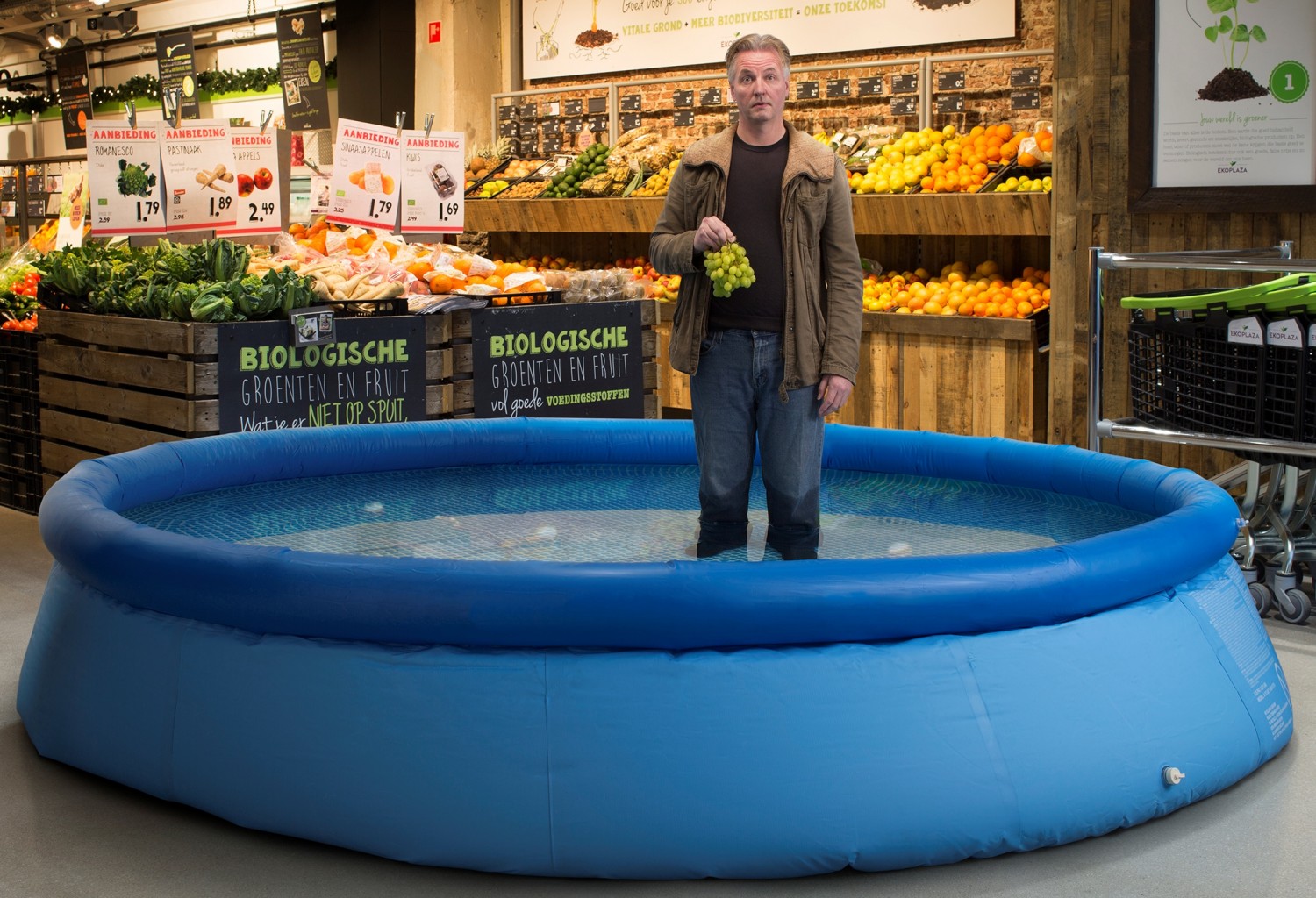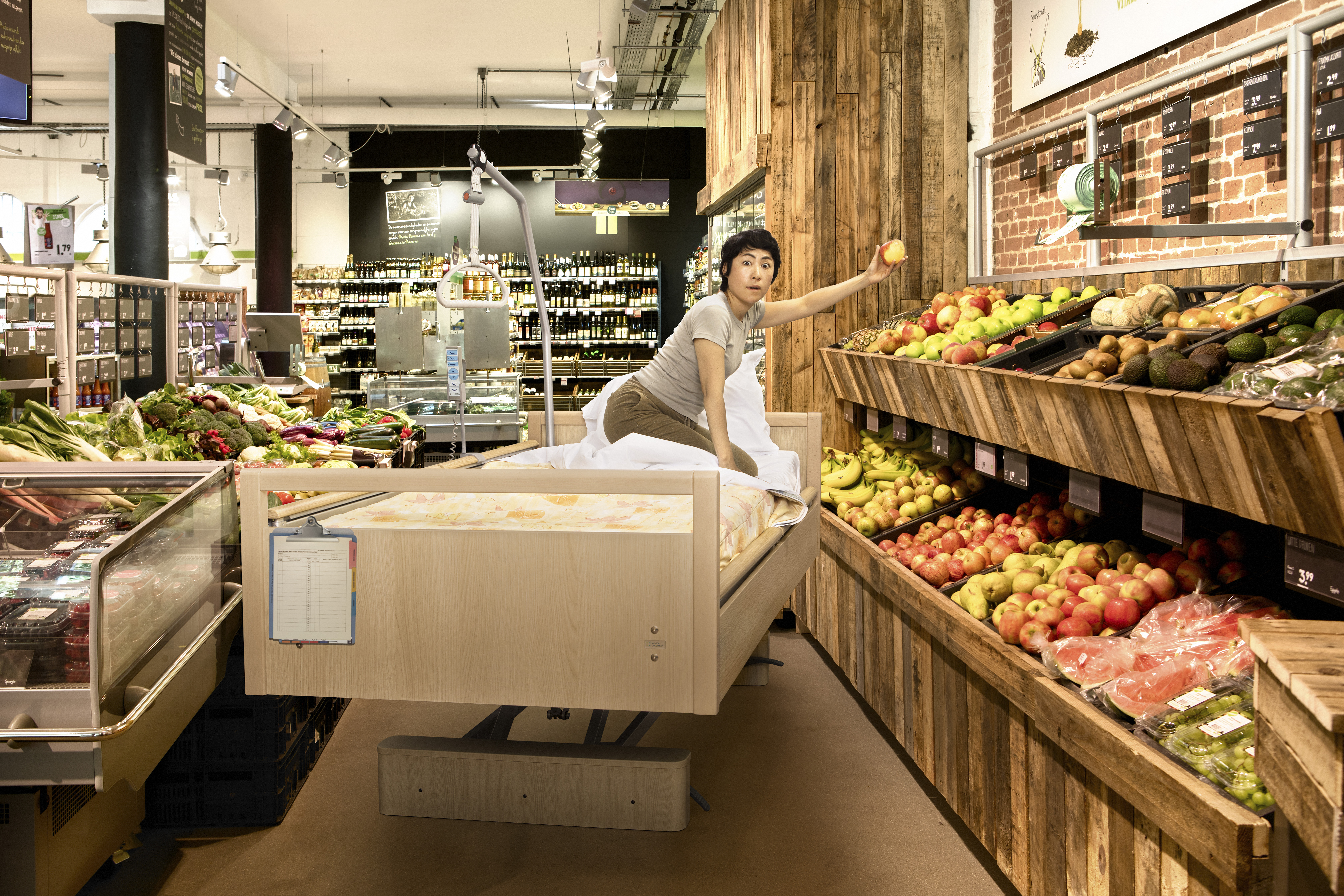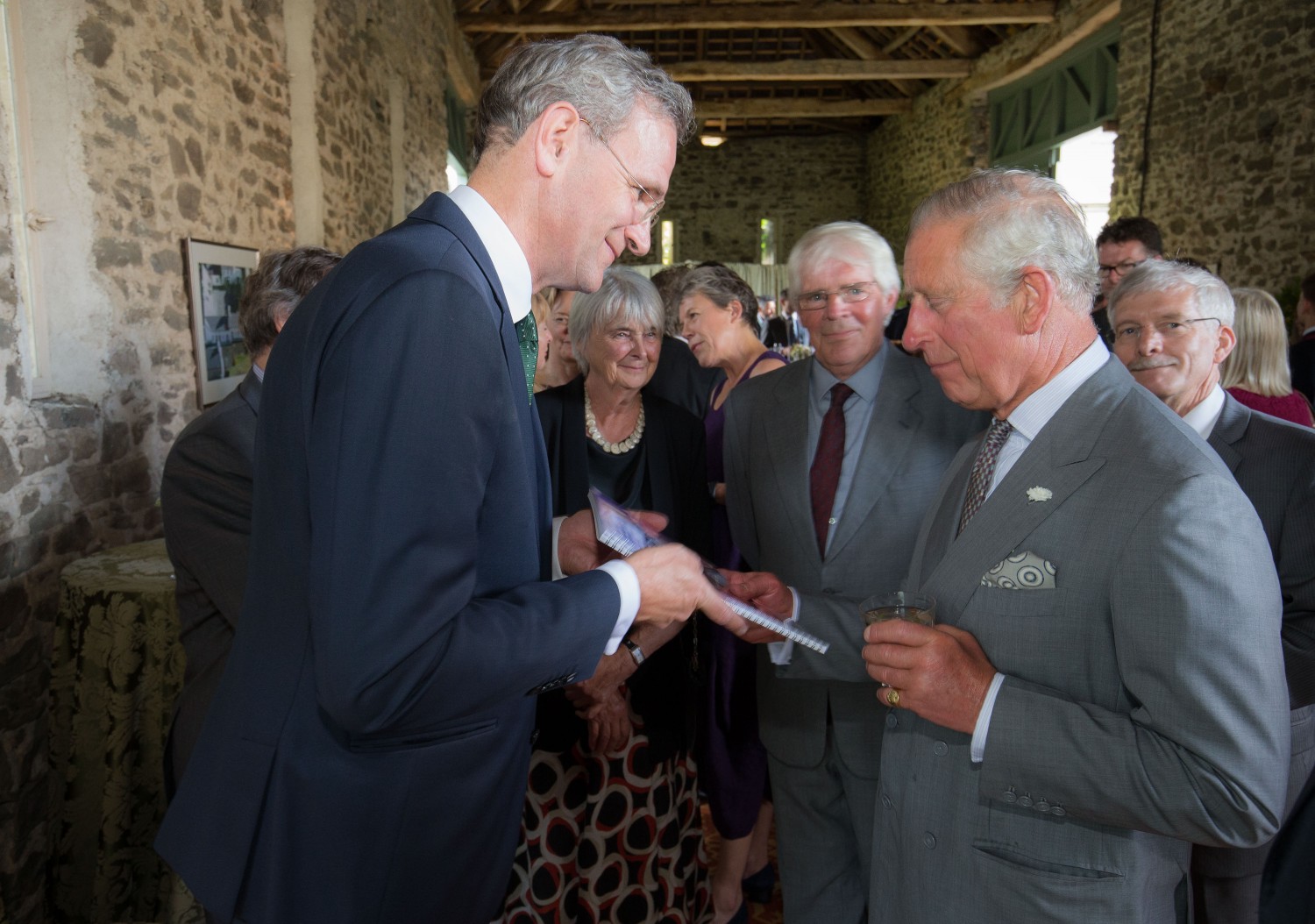The Sustainability Flower
The Sustainability Flower is the core of our business. Every Nature & More grower has a personal Sustainability Flower. It points the way to a greener and more social economy. More info here.

Wouldn’t it be great if we were able to put a monetary value on soil degradation, water pollution, climate change and other so-called externalities? Nature & More is now offering exactly that, in the True Cost of Food campaign. Organic isn't too expensive, conventional is too cheap! We did the math.
Check our FAQ!
We put together an extensive list of Questions and Answers. Find it here.
The problem: cheap food is actually very expensive
From the use of artificial fertilizer and pesticides to the effects of soil degradation, water pollution, climate change and the obesity epidemic to name just a few, our current food system has a significant number of hidden costs to the natural environment and human health. Experts from around the world agree that these very real costs far outweigh the benefits of "cheap" food; they are estimated at USD $ 4.8 trillion every year.
These costs are not paid for at the grocery checkout counter, yet consumers today and future generations tomorrow will bear the brunt of this huge financial burden through taxes and healthcare costs. The consequence is that it seems more profitable to farm unsustainably than to farm sustainably. But in reality we're just ignoring costs.

The solution: True Cost Accounting
It is time to get our bookkeeping straight! We need to redefine "profit" and start working with a financial model that also covers societal and environmental costs: people and planet. Placing a clear monetary value on the benefits and impacts of different food production systems as well as redefining our definition of ‘profit’ will enable the introduction of policy mechanisms to penalise damaging practices and reward the development of systems that deliver positive environmental and public-health outcomes.
Together with the FAO (The Food and Agricultural Organisation of the United Nations), Nature & More is proud to introduce The True Cost of Food at a consumer level. On this website and at the point of sale we provide consumer information about the true costs and benefits of organic fruit. We have already made calculations for lemons, oranges, grapes, pineapples, apples, pears, tomatoes, carrots and avocado's! These costs are communicated through our Sustainability Flower.

How Nature & More ‘did the maths’
In 2014, the FAO published the report ‘Food wastage footprint: full cost accounting’. In this report, a methodology was developed as to how one can calculate the external costs of food production. We used this report as a starting point to compare the hidden costs of organic fruits with their non organic counterparts. In close cooperation with partners such as the FAO, EY and Soil & More international we developed a practical approach. For more details about the calculations, see our FAQ!
Changing the profit definition: True Cost Accounting for Food, Farming and Finance
In june 2017 we presented the results of our pilot named "True Cost Accounting for Food, Farming and Finance" to HRH Prince Charles. In this pilot, which was carried out by EY and Soil & More International, we didn't just look at products, but we also calculated a True Cost profit & loss statement for Eosta as a company. The resulting report presents a practical method and dashboard for the implementation of True Cost Accounting in SME companies in farming, food and finance.
